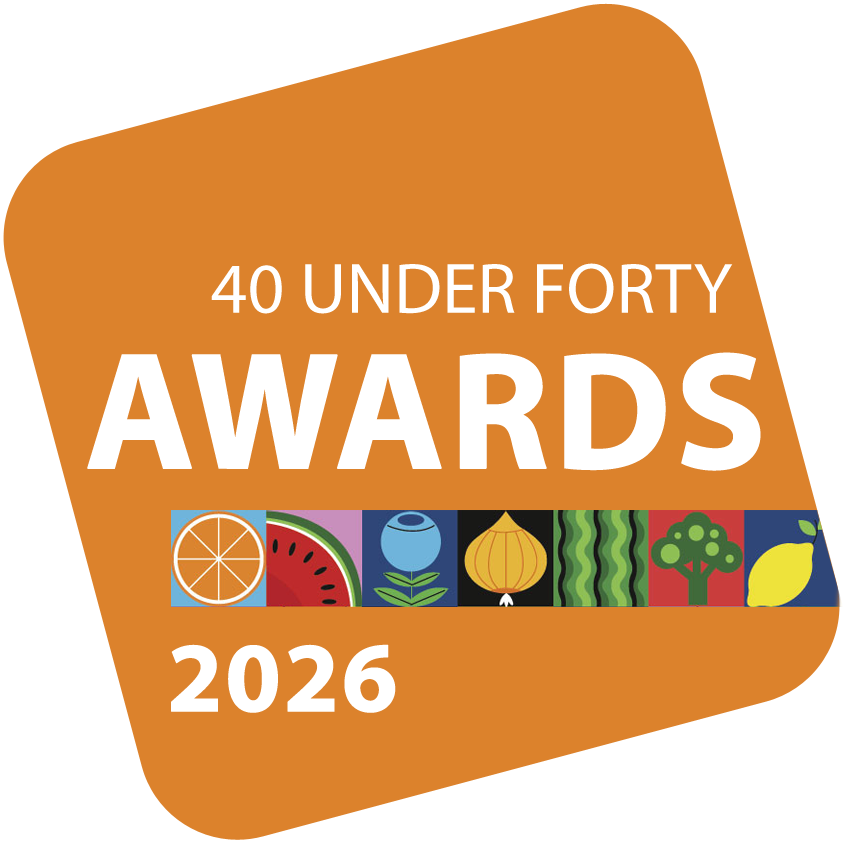Ron Lemaire: There’s No One Way to Shop for Produce
October 14, 2025 | 4 min to read


Walk into a grocery store in 2025 and you’ll find a consumer juggling a dozen silent decisions in the produce aisle.
They’re weighing price, of course. But also packaging. And convenience. And whether the produce was grown nearby. They’re thinking about what’s on sale, what’s in season, and, in some cases, what aligns with their values. All of this happens quietly, but it shapes every purchase.
Taste, freshness, texture, color, and size all matter, shaping our traditional ideas of consumer preference. But in the produce department, preference is a lot more complicated than what someone simply “likes.” It’s about what people are navigating, economically, socially and emotionally. That’s the real shift we’re seeing.
REDEFINING VALUE
We’ve been watching this unfold through CPMA’s Consumer Pulse research. Week after week, the pattern holds: Shoppers remain loyal to fresh produce, even as price sensitivity rises. But affordability alone doesn’t explain their behavior. The trade-offs behind each decision, such as what gets chosen, skipped, or substituted, tell a deeper story.
A report from Agriculture and Agri-Food Canada, developed with the Canadian Agri-Food Policy Institute, shows that Canadians are redefining what value means. Nearly 60% now look for food with less packaging, while more than half say convenience plays a role in what they buy. Almost half also see climate change as the most serious long-term threat to Canada’s food system. Together, these shifts point to a consumer who is weighing more than just price — they’re thinking about impact, ease, and long-term sustainability every time they shop.
At the same time, the report highlights how consumers are “trading down” and adjusting habits to reduce their total grocery spend. They’re switching brands, reducing portion sizes, or cutting back on premium items. In the fresh category, that can mean skipping higher-priced organics or opting for more shelf-stable produce. For the industry, this isn’t a sign of disinterest, it’s a signal that shoppers are being more deliberate.
There’s also a generational dimension. Younger Canadians are more likely to seek information on sustainability, working conditions, and ethical sourcing. They want to know where their food came from and how it got to them. These are early indicators of what matters to the next wave of long-term consumers.
PREFERENCES ARE ALWAYS CHANGING
What does all this mean for the produce sector? It means that understanding today’s consumer is more complicated than tracking price elasticity or coupon usage.
It’s about understanding the context in which decisions are made, and, in many ways, the produce department is where these pressures show up most clearly. Our products are fresh, often unpackaged, and highly visible. There’s nowhere to hide, which is both the challenge and the opportunity.
The industry isn’t being caught off guard by these shifts in consumer behavior. In fact, our members have been adapting for a while now, making practical changes that meet people where they are.
Retailers are leaning into flexible pack sizes, value-driven promotions, and merchandising strategies that honor cultural and regional food preferences. Others are rethinking how they communicate about sourcing, freshness, and product use to truly connect with what matters to their customers.
At CPMA, we’ve been working to support this shift with research and outreach that reflect how real people make choices. Through initiatives like Half Your Plate, we aim to meet consumers where they are, offering simple, practical tools to make fresh produce feel more accessible in everyday life. This work helps bridge the gap between what the data tells us and how we can inspire real-world behavior change.
We still have to resist the urge to oversimplify. The consumer isn’t a single, fixed profile. They’re not static. What someone wants on a Tuesday evening after work is likely different from what they prioritize on a Saturday morning trip to the farmers market.
What they say matters might not always match up with what they actually buy. That’s not a contradiction, it’s simply human nature. The key isn’t to find a single “right answer,” but to stay curious, listen to the data, and accept that preference is always changing.
By picking up on those signals and responding thoughtfully, we can stay relevant. Produce is central to our food culture, and it’s our job to make sure it remains a vital part of the conversation about what we eat and why it’s so important.
Ron Lemaire is president of the Canadian Produce Marketing Association (CPMA).
7 of 13 article in Produce Business October 2025

